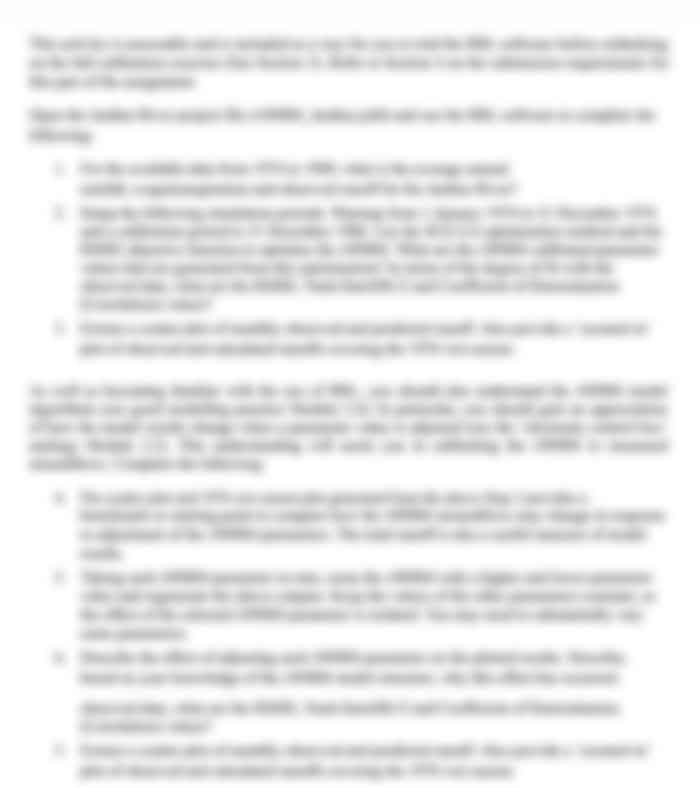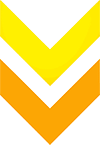Design and implement the curriculum to foster childrens learning and development
- Subject Code :
CHCECE024
- University :
Compliant Learning Resources Exam Question Bank is not sponsored or endorsed by this college or university.
- Country :
Australia
Designing and implementing a curriculum that fosters childrens learning and development is a critical aspect of early childhood education. It requires a deep understanding of developmental stages, learning theories, and educational practices. Below is a guide on how to approach this assignment.
Introduction
The curriculum is the backbone of any educational program, particularly in early childhood education, where it plays a pivotal role in shaping the learning experiences and developmental outcomes of children. A well-designed curriculum is comprehensive, inclusive, and responsive to the needs of all children, ensuring that they are provided with the opportunities to develop holistically.
Understanding Child Development
Before designing a curriculum, its essential to have a clear understanding of the developmental milestones and needs of children at various ages. Child development theories, such as those proposed by Piaget, Vygotsky, and Erikson, provide valuable insights into how children learn and develop. These theories highlight the importance of cognitive, social, emotional, and physical development, which should be considered when planning educational activities.
Key Components of a Curriculum
Learning Objectives:
Clearly defined learning objectives are crucial. These should align with the developmental stages of children and cover all domains of learning: cognitive, social-emotional, physical, and language development.
Content: The content of the curriculum should be age-appropriate, culturally relevant, and engaging. It should include a variety of topics and activities that cater to different learning styles and interests.
Teaching Strategies:Effective teaching strategies are essential for implementing the curriculum. This includes a mix of direct instruction, guided discovery, play-based learning, and hands-on activities. Differentiated instruction should also be incorporated to meet the diverse needs of learners.
Assessment:
Assessment is an integral part of the curriculum. It helps in tracking the progress of children and making necessary adjustments to the teaching strategies. Both formative and summative assessments should be used, along with observational assessments to understand the childs learning journey.
Learning Environment: The learning environment plays a significant role in fostering development. It should be safe, inclusive, and stimulating, with resources that support exploration and creativity. The environment should also encourage social interaction and collaborative learning.
Implementing the Curriculum
Planning:
- Start with a comprehensive plan that outlines the weekly or monthly themes, learning objectives, activities, and assessment methods. Collaboration with colleagues, families, and the community is crucial in this stage.
Engaging Families:
- Involve families in the learning process. Regular communication with parents and caregivers helps in understanding the childs background and reinforcing learning at home.
Adaptation and Flexibility:
Be prepared to adapt the curriculum based on the needs of the children. Flexibility is key in early childhood education, as each child develops at their own pace.
Professional Development:
Continuous professional development for educators is essential to stay updated with the latest research and best practices in early childhood education. This also ensures that the curriculum is being implemented effectively.
Conclusion
Designing and implementing a curriculum that fosters childrens learning and development is a dynamic and ongoing process. It requires careful planning, an understanding of child development, and a commitment to creating a supportive and enriching learning environment. By focusing on the holistic development of children, educators can help them build a strong foundation for future learning and success.
This structure should give you a solid foundation for your assignment on designing and implementing a curriculum that fosters children's learning and development.
Are you struggling to keep up with the demands of your academic journey? Don't worry, we've got your back!
Exam Question Bank is your trusted partner in achieving academic excellence for all kind of technical and non-technical subjects. Our comprehensive range of academic services is designed to cater to students at every level. Whether you're a high school student, a college undergraduate, or pursuing advanced studies, we have the expertise and resources to support you.
To connect with expert and ask your query click here Exam Question Bank

